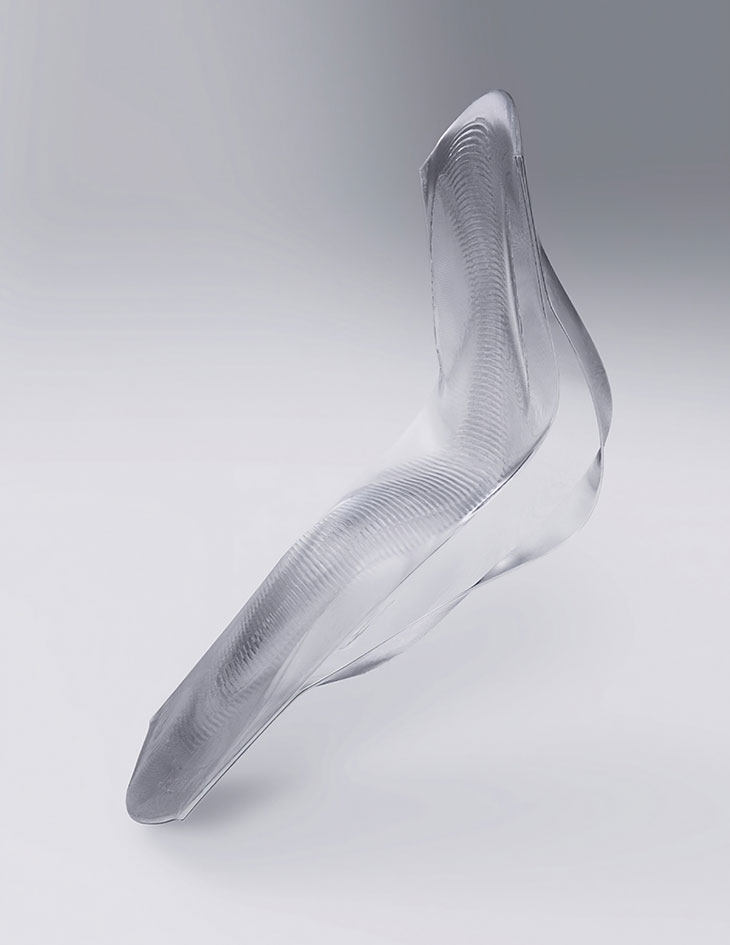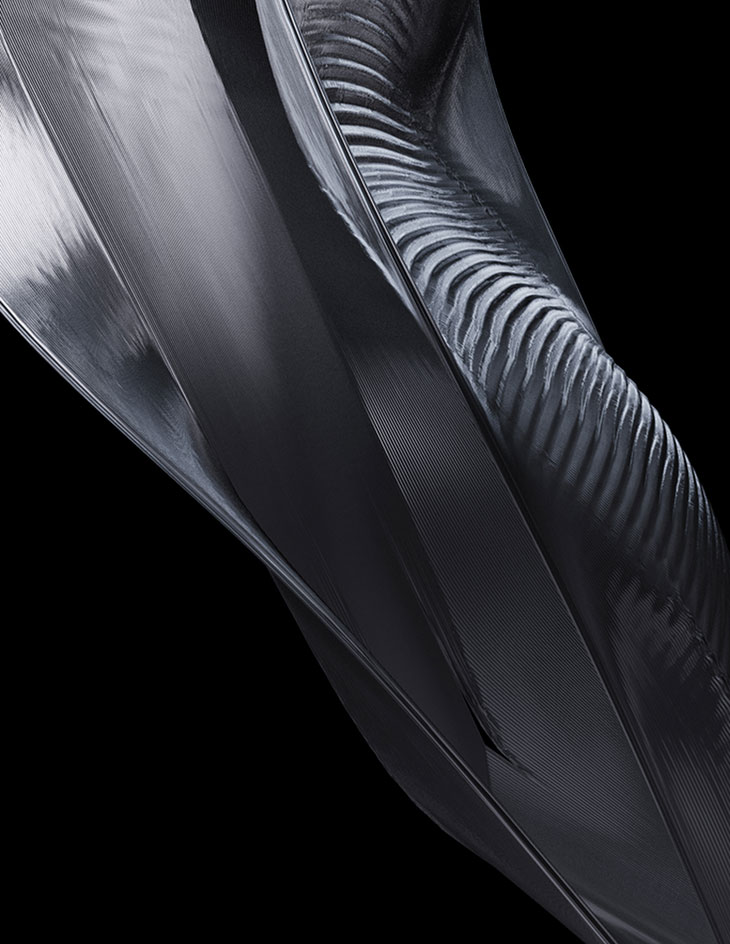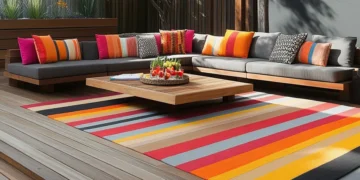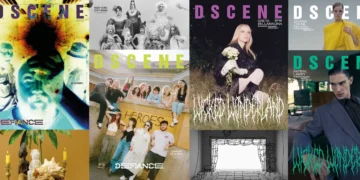
DSCENE Editor Pavle Banovic sits down with Ben Elliot to discuss his innovative creation, the Xchair. This unique lounge chair is a key component of Elliot’s ambitious metaverse project, Metaone, acting as a bridge between the worlds of digital and physical spaces. Designed in partnership with Nagami, a leader in 3D printing with a focus on recycled materials, the Xchair reflects the diverse landscapes of the Metaone universe—SHAPE, DEEP, INFINITE, and ZEN—through its fluid design and ergonomic features.
PRE-ORDER IN PRINT and DIGITAL
As a piece that integrates into both home and digital environments, it offers a forward-thinking approach to how we interact with our surroundings, incorporating the needs of contemporary lifestyles that blend work, leisure, and immersive technologies. Throughout the interview, we get an inside look at the creative process behind the Xchair, exploring how it challenges current design norms and responds to the ever-changing dynamics of modern life.
How did your vision for the Xchair evolve from your initial concept to the final design, particularly in relation to the Metaone project’s distinct virtual environments? – The Xchair’s completed design is very close to the initial concept. The Metaone metaverse project was partly developed using parametric design and AI tools, and our first sketches for the Xchair drew directly from it, following the same aesthetics. I collaborated with Nagami, a 3D printing design company that works exclusively with recycled materials. Considering the base, we worked toward this method to achieve perfect ergonomics for the long chair, and the final design reflects our aspiration.
View this post on Instagram
The ergonomic design of the Xchair addresses a range of domestic practices. How do you envision the chair enhancing user experiences with digital devices and XR tools? – Our goal when thinking about the ergonomics of the Xchair was to answer new forms of multitasking that are more and more present in our daily lives—eating, reading, and resting, but also using laptops and exploring immersive technologies like VR and AR. I am a strong believer in the potential of extended reality tools. I think that, nowadays, creative work should really respond and even adapt to new paradigms like these.
Xchair’s design blurs the lines between the solid and the liquid, activating notions of liquefaction, fluidity, and data immersion. Could you explain how these concepts are embodied in the chair’s physical form? – The Xchair embodies these concepts visually, physically, and functionally. Firstly, its exterior appearance becomes more or less transparent depending on the surrounding environment. Secondly, the long chair is fabricated with recycled plastics (PETG), a flexible and responsive material that allows the sensation of sitting in the air.
From my perspective, the future of design and 3D printing lies in fluidity and immersivity. We can now print on the skin or even organs, and who knows what’s next? Ultimately, the Xchair is designed as a smart living piece that integrates concepts such as sustainability, technology, innovation, and design that can adapt to the body and anticipate its needs.
I am a strong believer in the potential of extended reality tools. I think that, nowadays, creative work should really respond and even adapt to new paradigms like these.
As an artist known for addressing contemporary themes like the impact of emerging technologies and influence marketing, how do you see the Xchair reflecting or challenging current socioeconomic trends? – The Xchair project addresses many of the challenges that we are currently facing as humans, especially the need to collaborate to create things that both fit in with the times and bear a positive impact on the future. It’s about producing objects that cater to our basic needs, like a chair, and 3D-printing them with recycled materials and on-demand only. It’s about creating objects that can bring people, nature, and technology together.

Given that the Xchair is suitable for both indoor and outdoor use, how did you ensure that the design remains versatile while still adhering to the project’s aesthetic and functional goals? – I don’t think we should oppose functionality and aesthetical value or nature and technology. The future will be versatile, as are younger generations and newer tools. The recycled plastic maintains its technical quality outdoors and blends in with the natural habitat. I developed the metaverse from which the chair comes while I was traveling in the Middle East, so there is definitely a “biomorphic heritage” of its landscapes, deserts, and dunes.
It’s crucial to imagine a peaceful future made of well-executed “essentials” that mix and match cutting-edge technologies and natural elements.
How does the Xchair, as a hybrid object, act as a gateway or portal within a domestic space, and what implications does this have for the future of furniture design? – The Xchair is meant to be used indoors as a gateway to metaverse technologies (the “X” stands for “extended realities”). The chair acts as a portal, establishing a tangible link between one’s home and a technology that most people still consider immaterial.
It’s important to include “the future” in the design process and in the object itself. We don’t sit like we used to; we need to adapt to new body positions in our domestic spaces, architectures, and cities. Art also has a different purpose now. It’s crucial to imagine a peaceful future made of well-executed “essentials” that mix and match cutting-edge technologies and natural elements.
Are there any upcoming projects or collaborations that you’re particularly excited about? – At the moment, I am very excited about expanding the Metaone project and disseminating its values, thanks to upcoming new exhibition formats.





















That is one stunning chair ❤️🎉🎉
love ben’s work!
I agree it is important to include future in design! love this interview with Ben